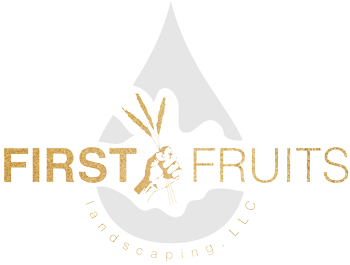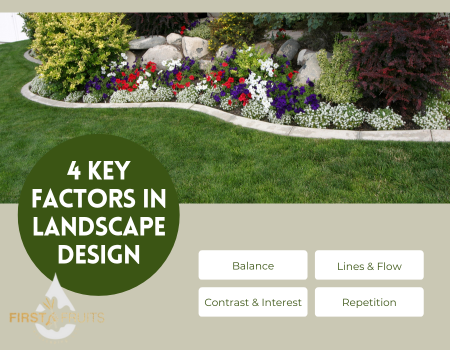In the world of professional landscape design, creating a harmonious and visually appealing outdoor space is an art form that goes far beyond mere planting and arranging. Successful landscape design involves careful consideration of various elements that contribute to the overall aesthetics and functionality of your outdoor space. While you may have dreamt up what your perfect yard will look like, there are many factors at play that all contribute to creating your dream space. This is where a professional landscape designercomes in.
4 Key Factors in Landscape Design
Balance
Balance is the cornerstone of all well-designed landscapes. Achieving balance involves distributing visual weight evenly across a space, creating a sense of equilibrium. There are two types of balance to consider: symmetrical and asymmetrical. Symmetrical balance involves mirroring elements on either side of a central point, creating a formal and structured feel. On the other hand, asymmetrical balance is achieved by distributing different elements in a way that maintains equilibrium without mirroring, resulting in a more dynamic and relaxed atmosphere.
A balanced landscape design ensures that no single feature overwhelms the visual senses, promoting a tranquil and inviting environment. Careful consideration of plant types, hardscape elements, and open spaces is essential in achieving balance that resonates with the natural surroundings. Both styles are popular, however, your designer can help you decide which form of balance will best fit your space.
Lines & Flow
Lines and flow are crucial in directing the viewer’s gaze and creating a visual narrative within the landscape. The use of lines, whether straight, curved, or meandering, can influence the perception of space and guide movement through the yard. Thoughtful incorporation of pathways, borders, and plant arrangements can create a sense of continuity and unity.
Consider the natural flow of the terrain and integrate lines that complement the existing features. Smooth transitions between different areas enhance the overall cohesiveness of the landscape, inviting exploration and engagement.
Contrast & Interest
Contrast adds drama and interest to a landscape, preventing it from becoming monotonous or bland. Think of a grassy back yard, a flat green space is still appealing, but once you add additional elements such as trees for height, bushes, colorful plants, water features, etc. the space has been completely transformed. Vibrant flowers against a backdrop of lush green foliage, or the juxtaposition of smooth stones with rough bark, create visual interest.
While contrast stimulates the senses, it is essential to strike a balance so that the space doesn’t get cluttered or come across as “messy” instead of crisp and clean. Gradual transitions and strategic placement of contrasting elements contribute to a harmonious blend of diversity within the landscape.
Repetition
Repetition is a powerful tool that establishes rhythm and cohesiveness in landscape design. By repeating certain elements, such as plant species, colors, or shapes, a sense of unity is achieved throughout the space. This repetition can create a rhythm that helps the space feel cohesive.
When incorporating repetition, it’s crucial to strike a balance between consistency and variety. Too much repetition can lead to monotony, while too little may result in a disjointed and chaotic design. Finding the right rhythm enhances the overall visual appeal and contributes to a well-balanced and harmonious landscape.
In the realm of professional landscape design, achieving optimal results requires a delicate interplay of various elements. Each of the 4 factors mentioned above all play a pivotal role in creating a well-balanced landscape whether for your own home or business landscape needs. Whether you’ve already dreamt up your perfect landscape, or you’re starting from square one and are in need of ideas and vision to bring your space to life, our team of professionals is here to create an oasis that you’re sure to love!

